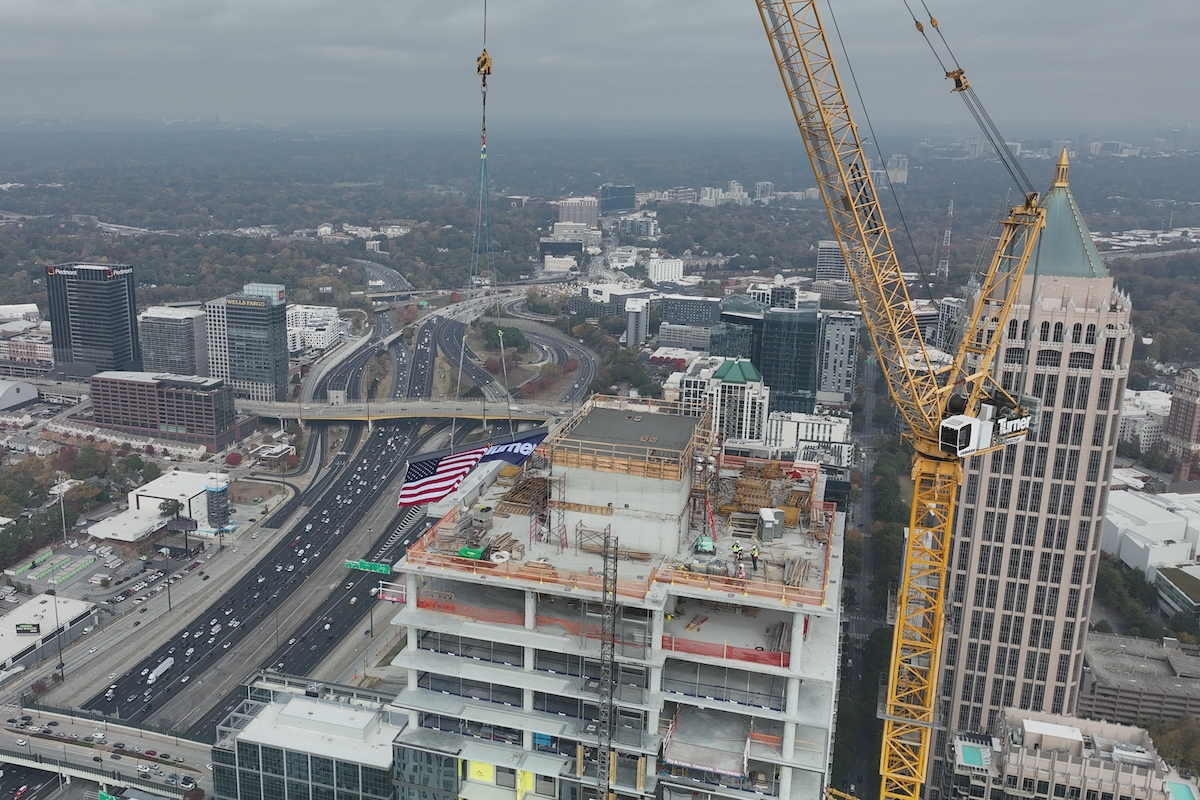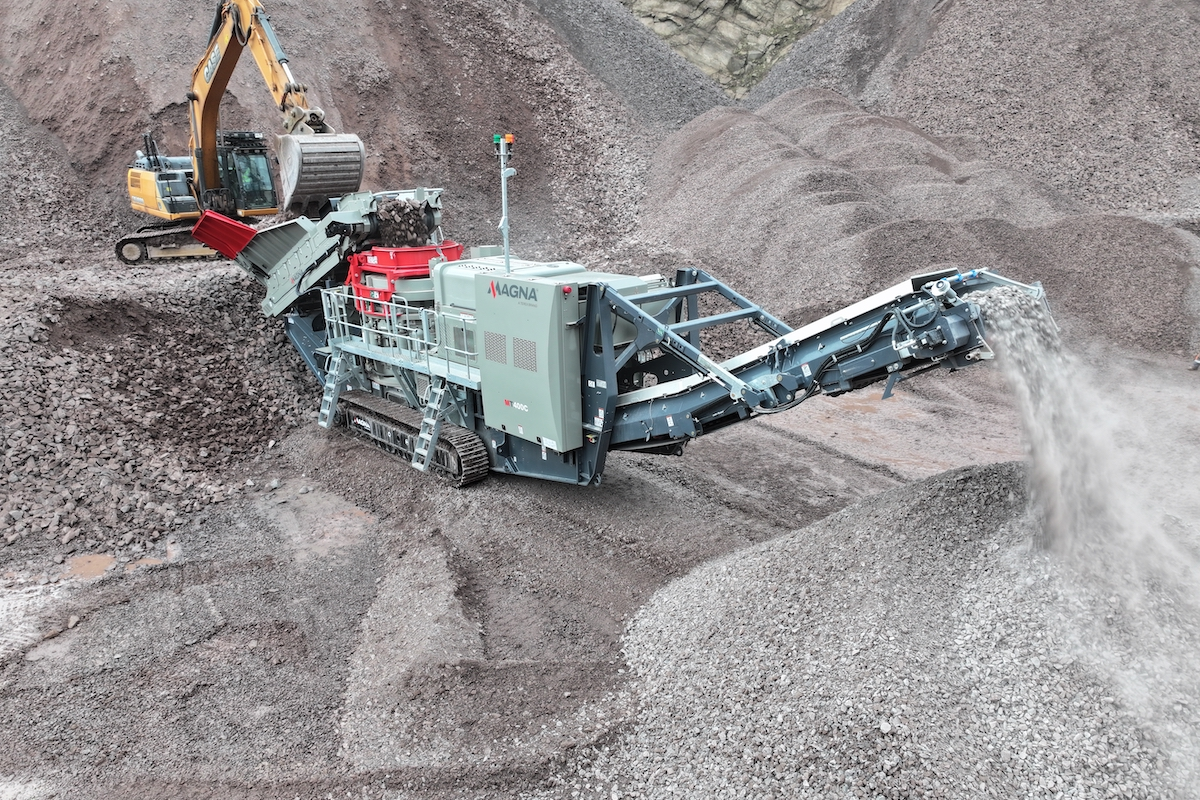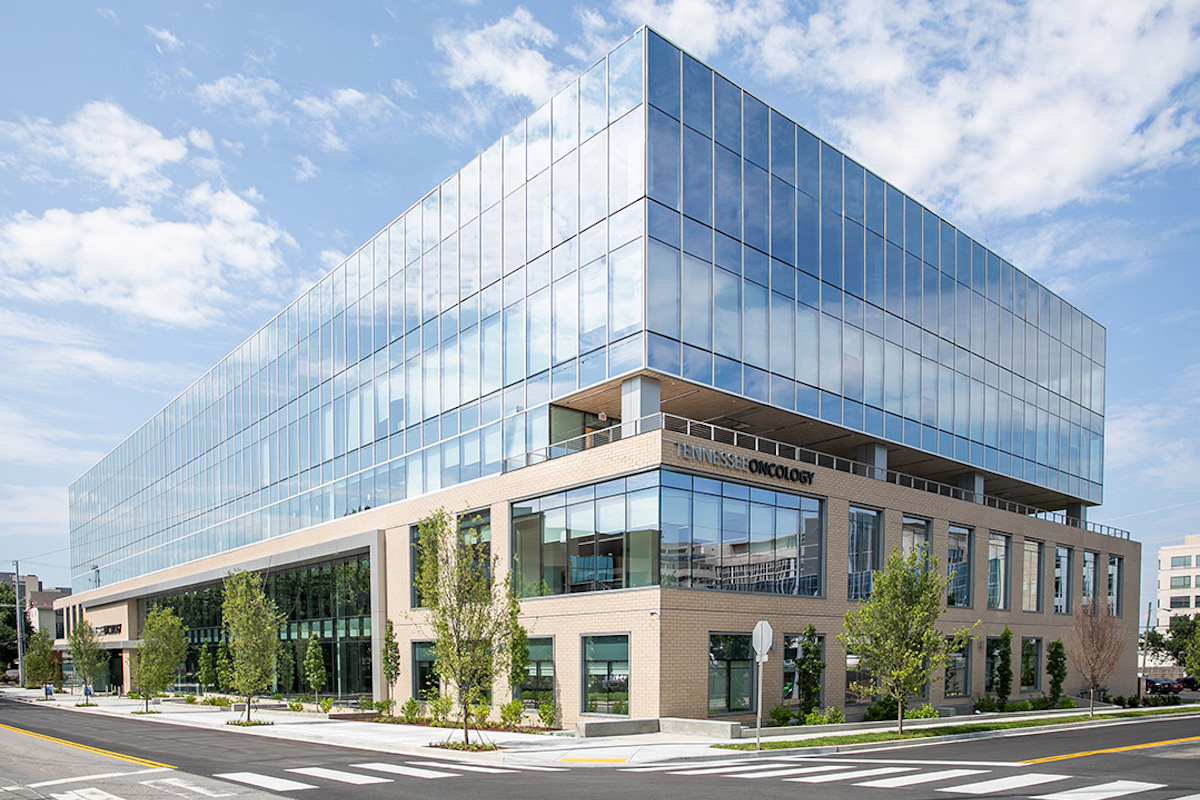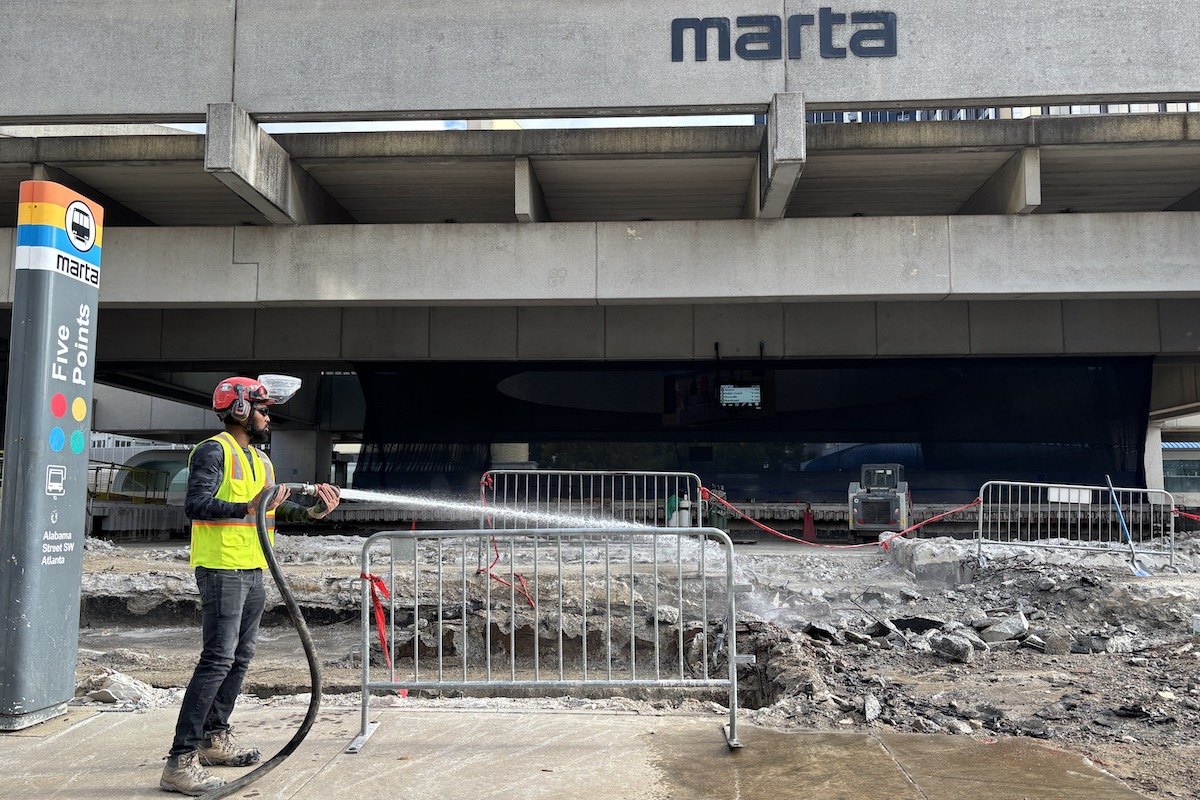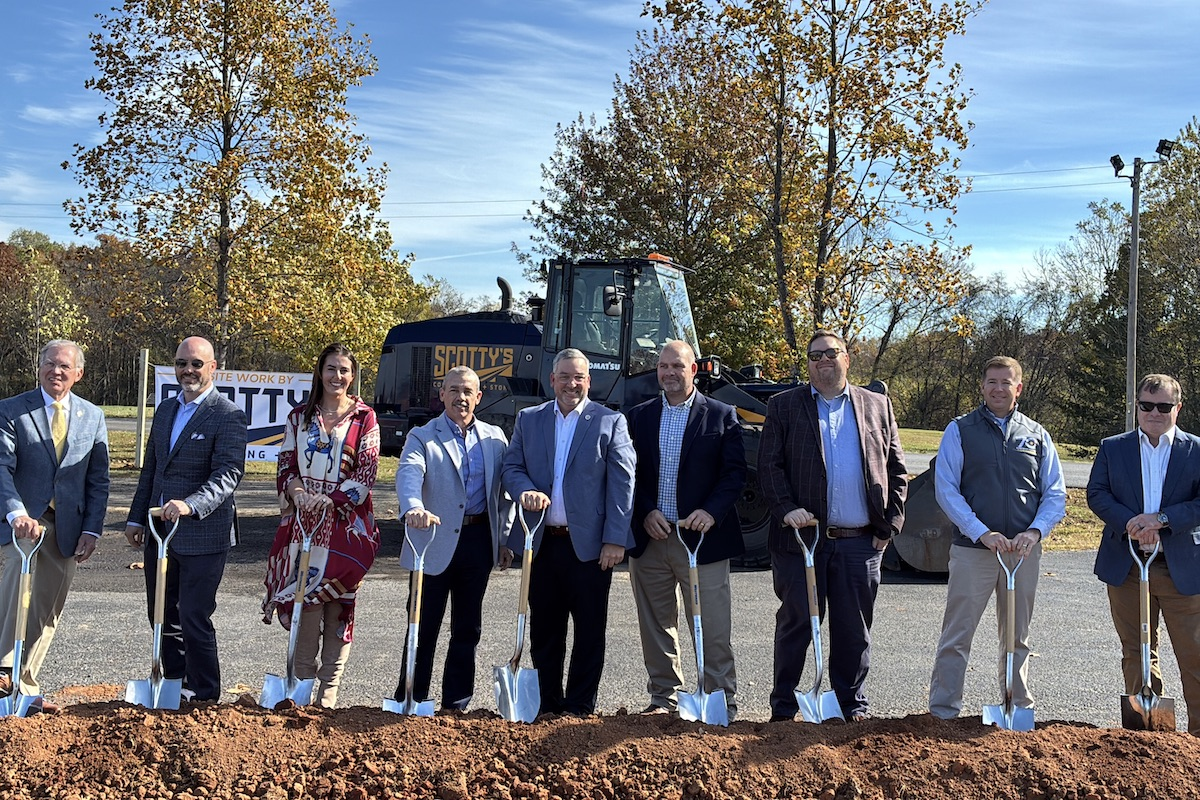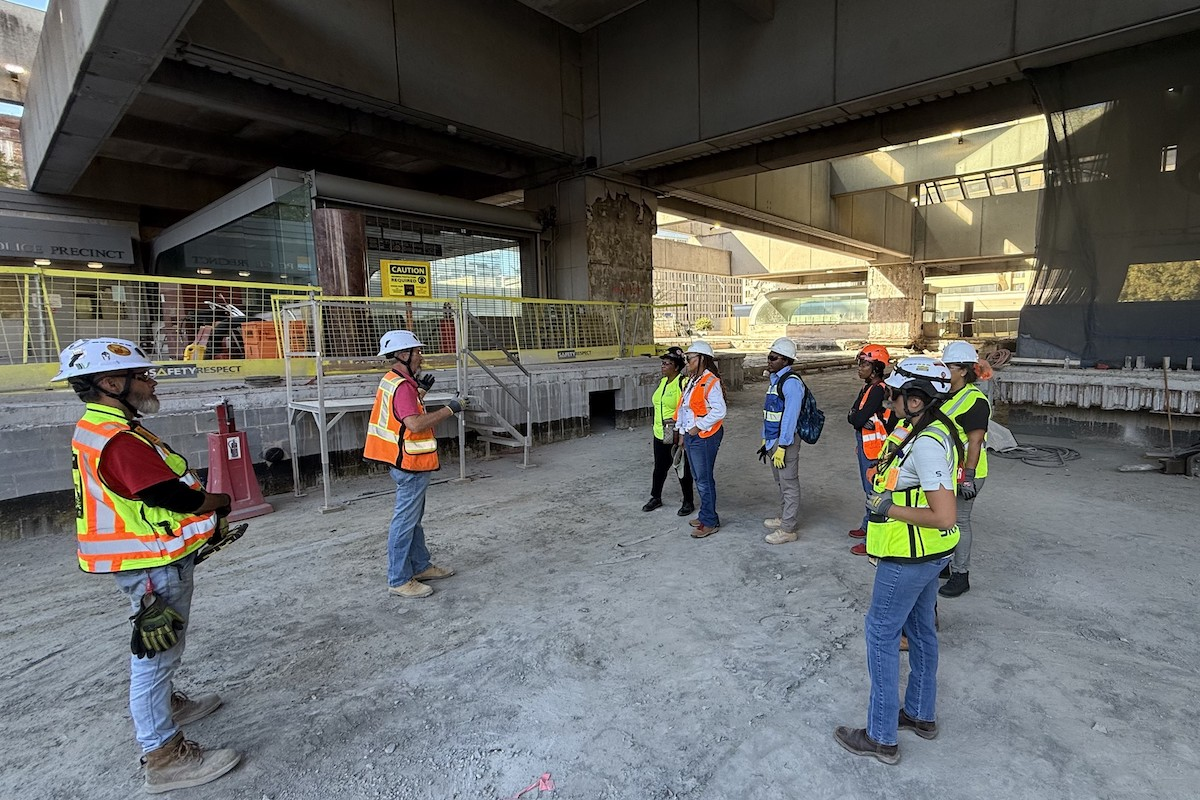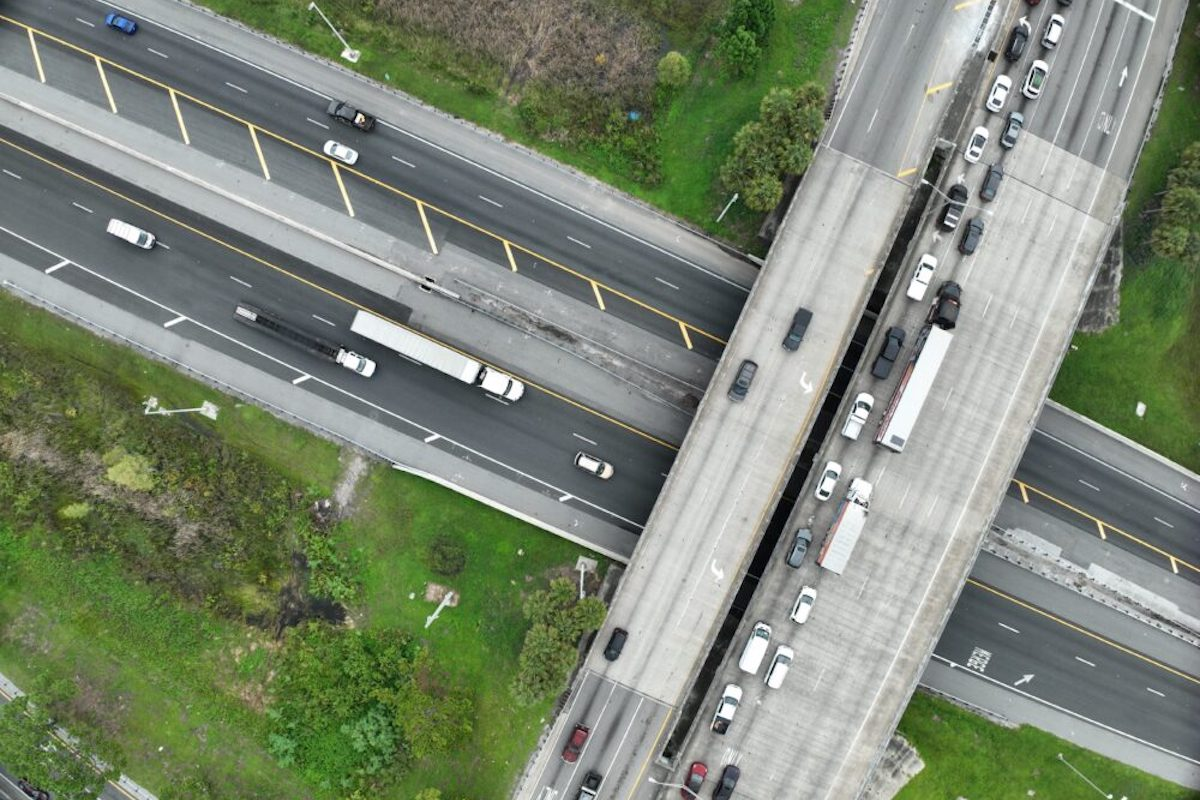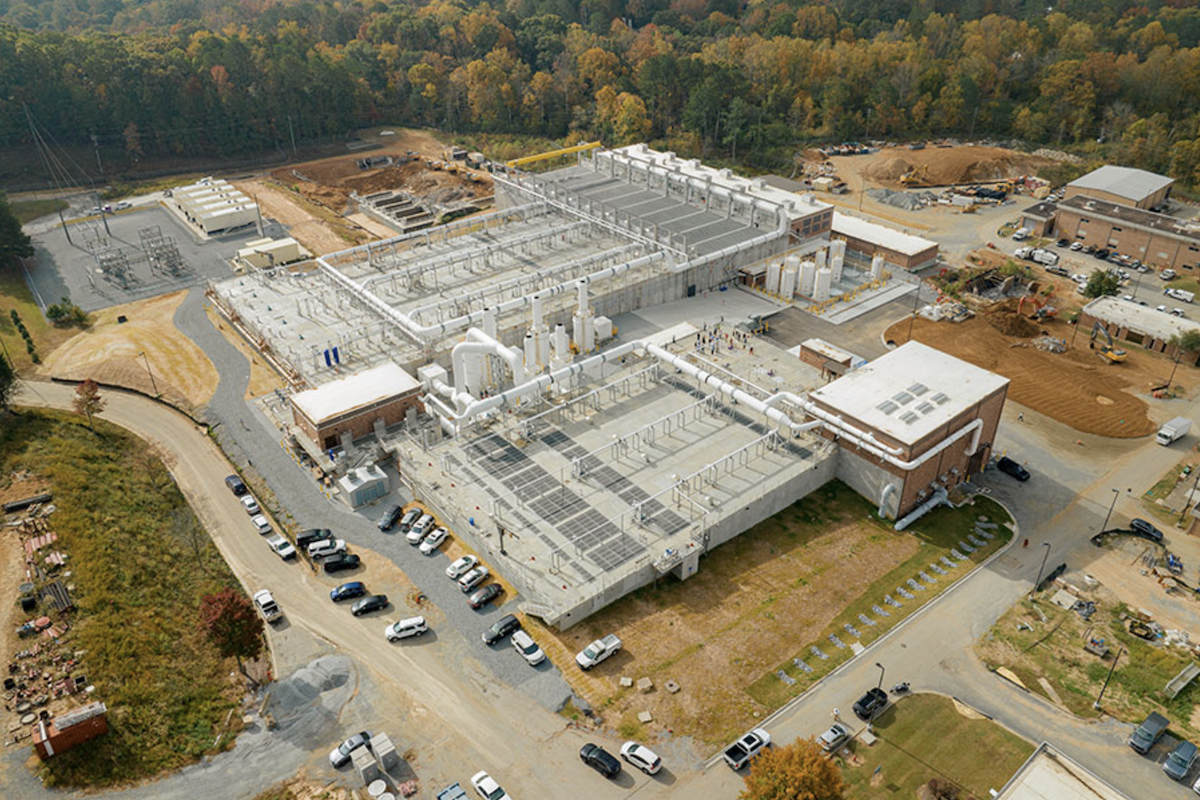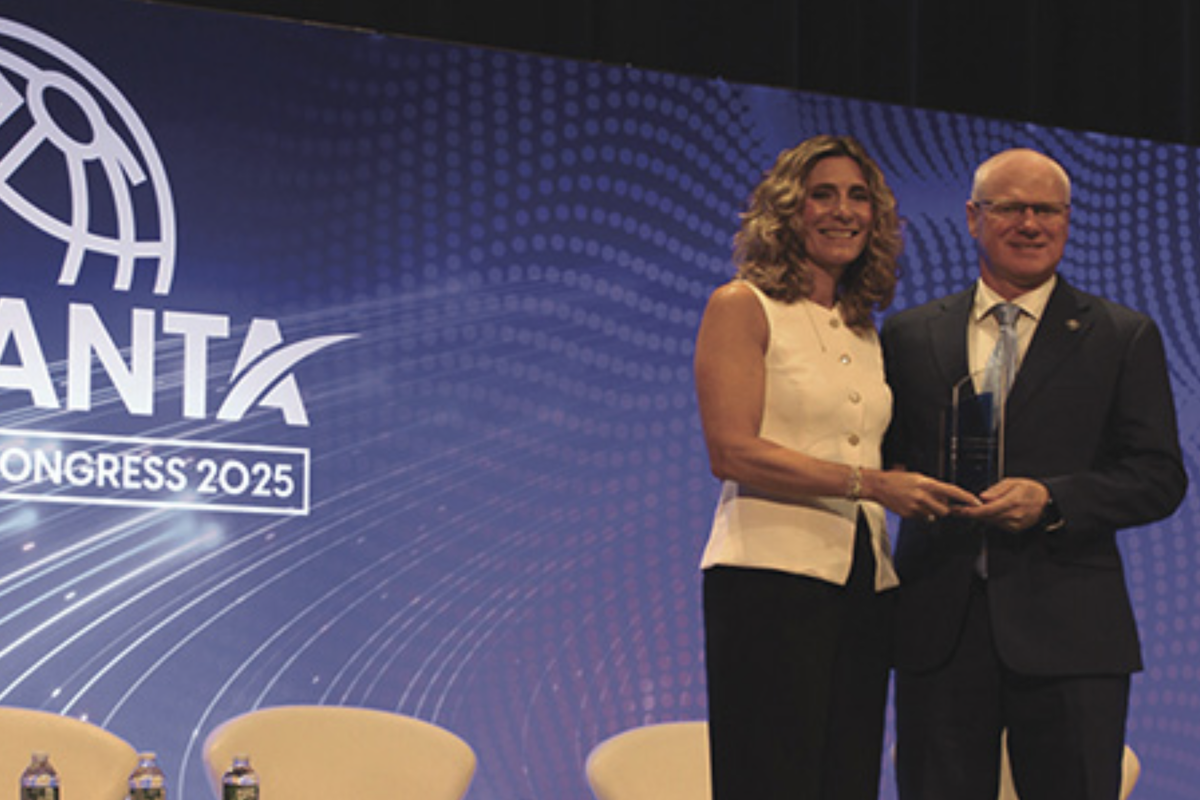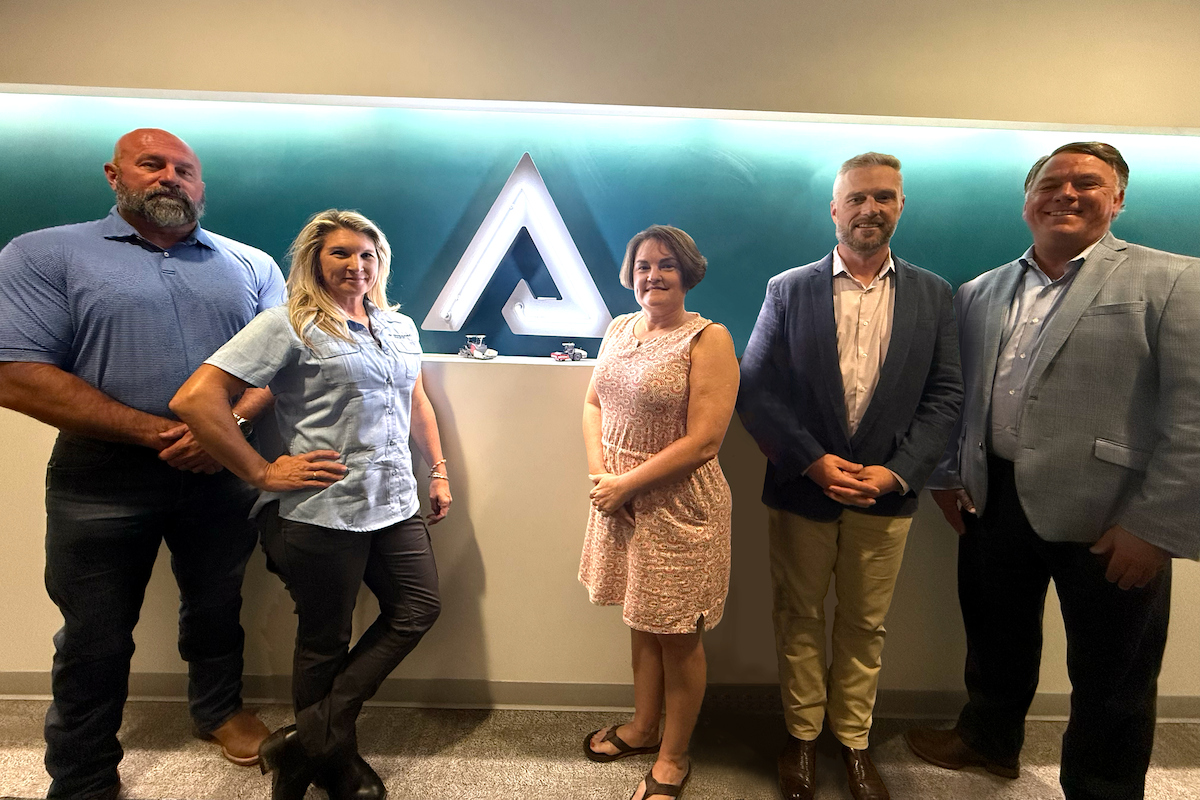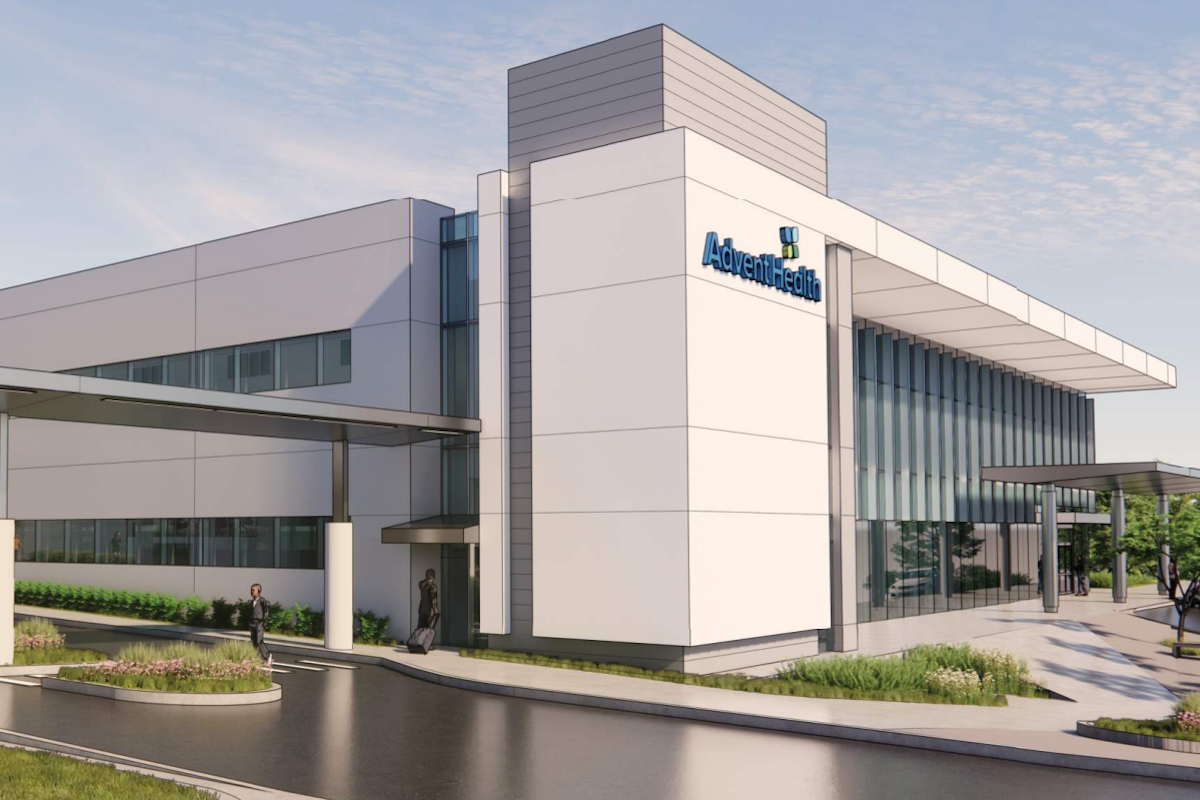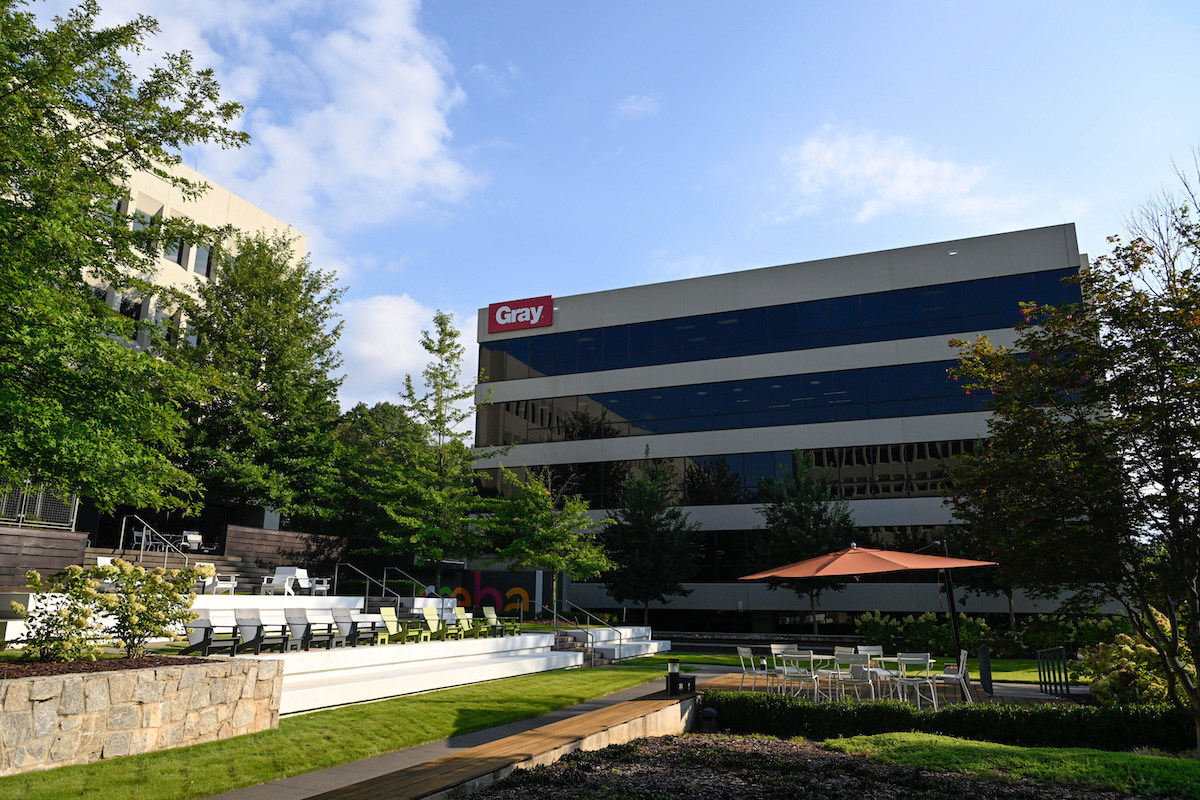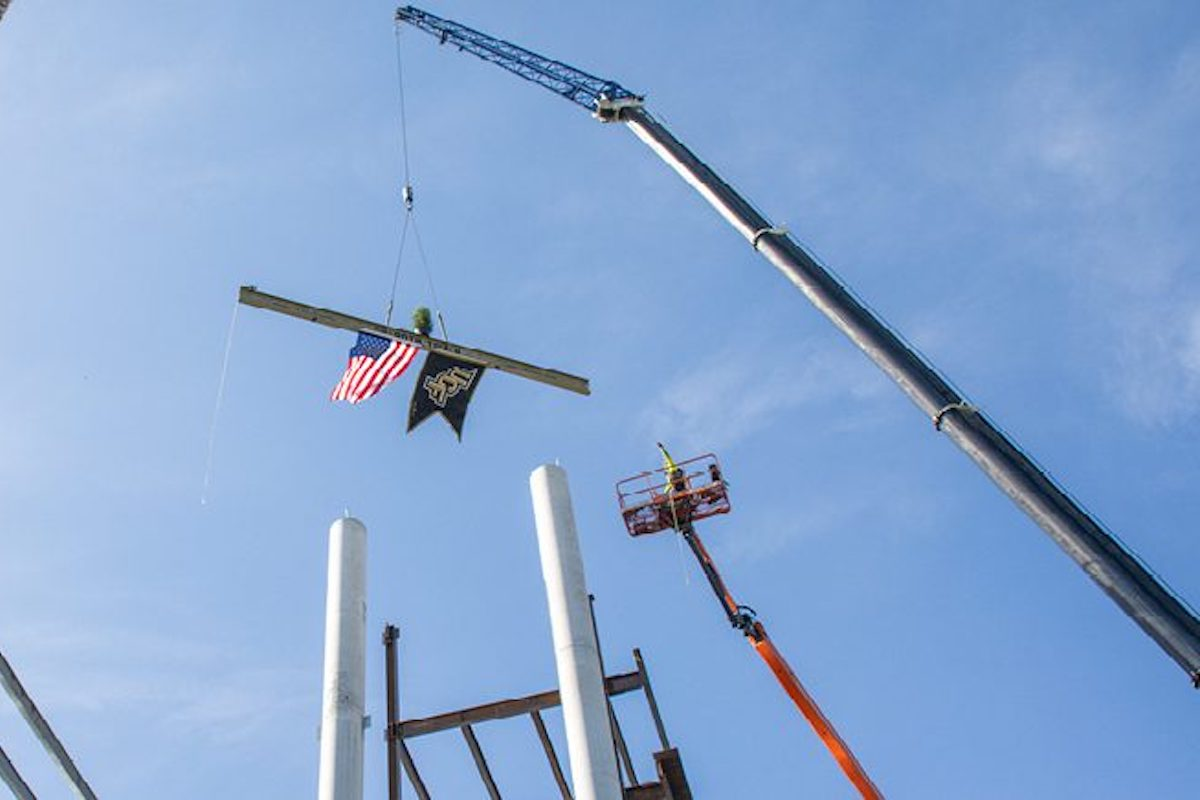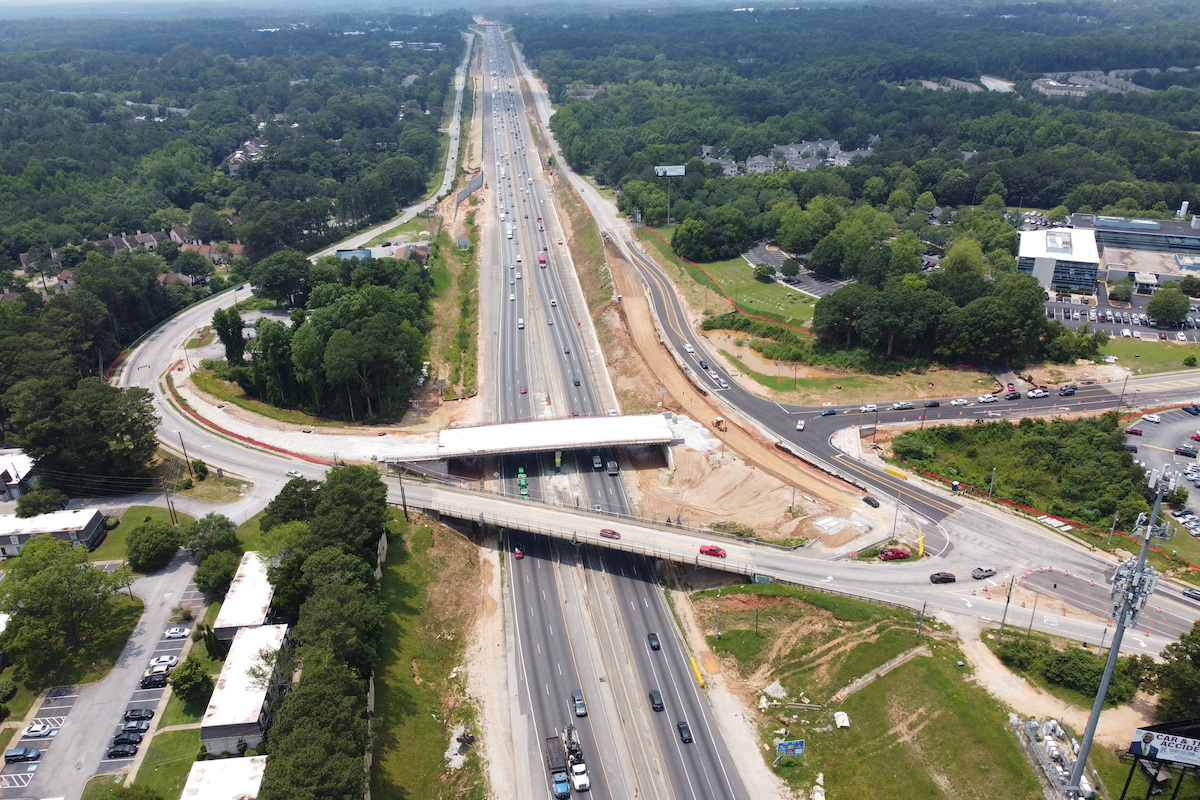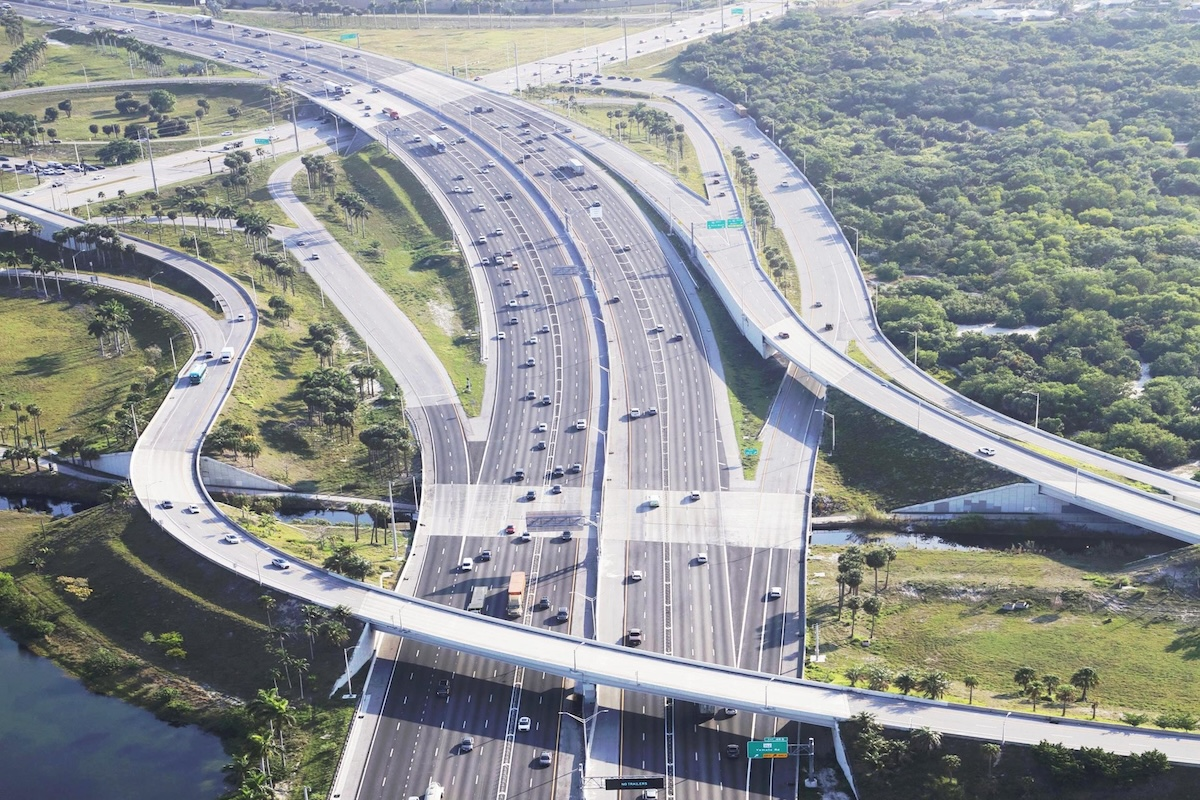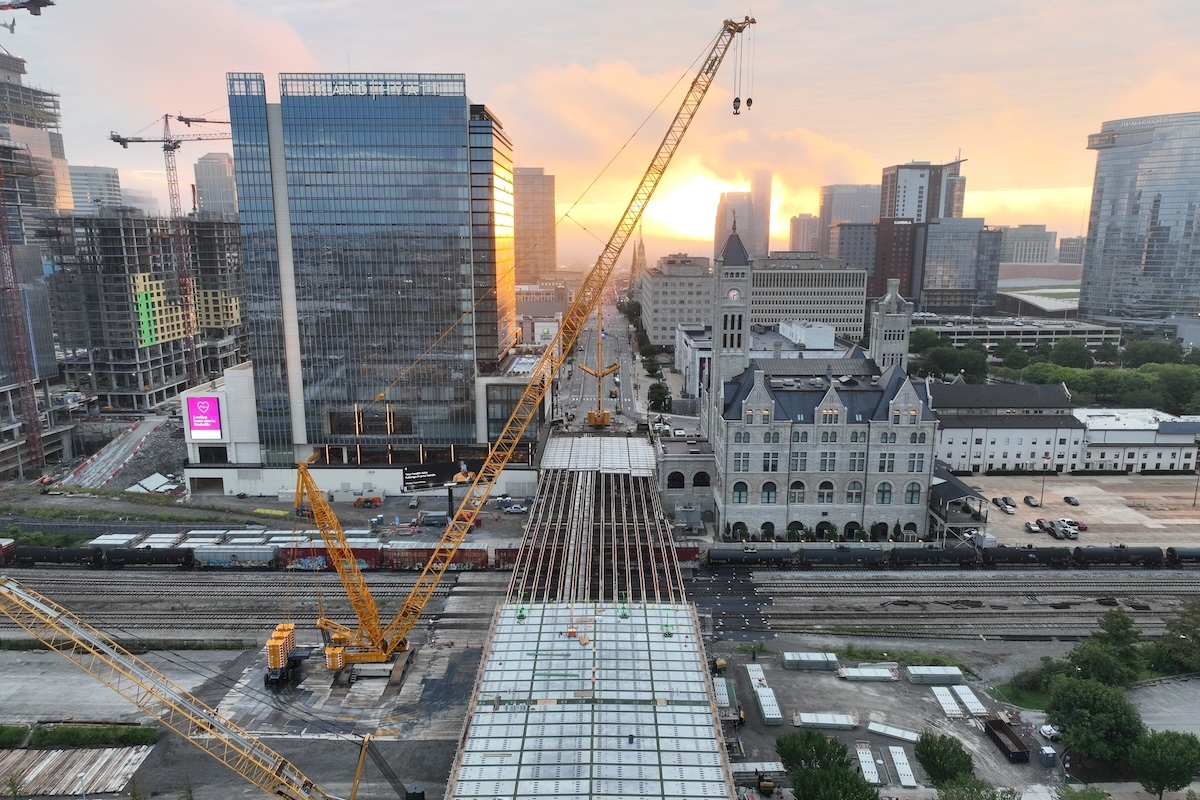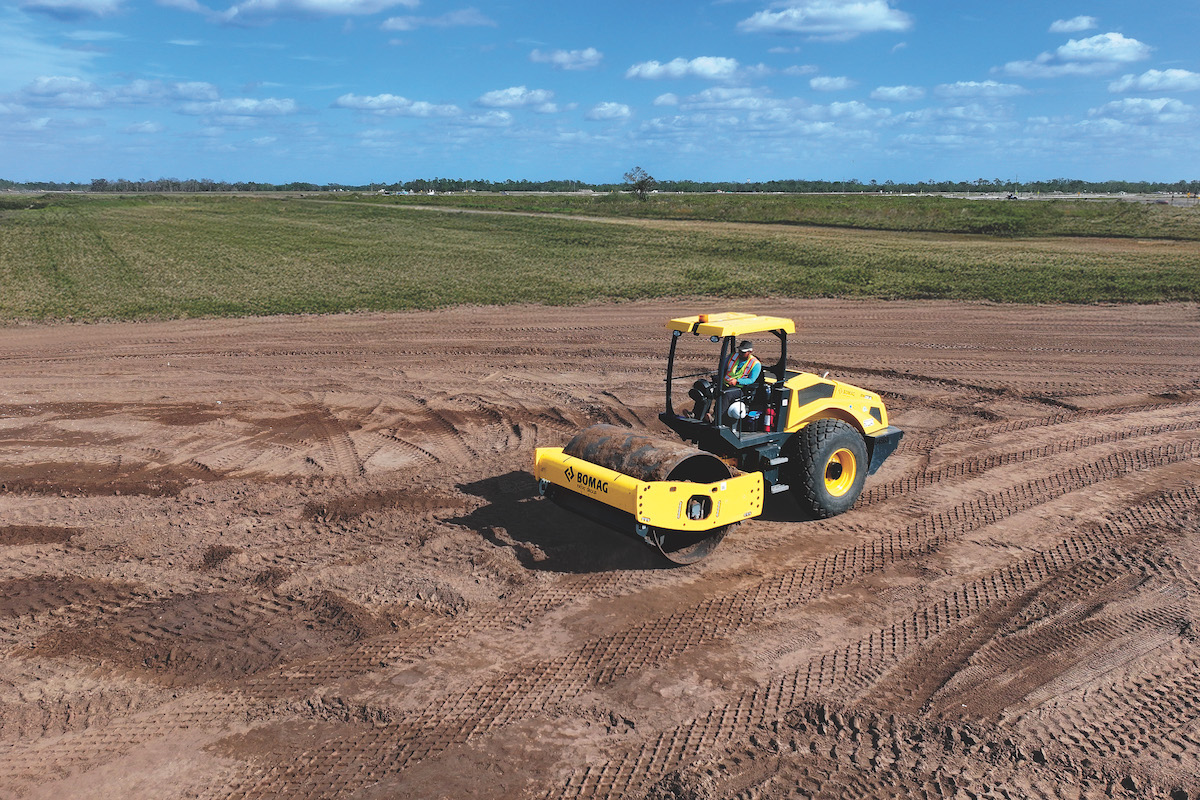Today, improvements in technology and processes allow a significant portion of construction tasks to occur simultaneously at a different location than the project site. Construction companies can construct entire sections off site, bring them to the construction location, and connect or assemble the structure there.
On both industrial and residential projects, this large-scale transfer of stick-build construction effort is termed modularization. Example modules could be an assembly of pipe-rack, piping, and electrical components or a complete section of a home ready for furnishing. In recent years, we have seen modularization expanded to infrastructure facilities as generator sets and additional pump capacity have been added to account for growth and provide redundancy.
The Positives
A surge in off-site construction has produced significant benefits for construction firms, developers, and the public. In recent years, Pape-Dawson’s team of structural engineers has used off-site building activities to deliver projects and has seen firsthand the benefits of this approach, including:

| Your local Iowa Mold Tooling Co Inc dealer |
|---|
| Nichols Fleet Equipment |
Time Savings
Conducting steps concurrently rather than sequentially means completing projects faster.
“We can really compress the schedule, possibly saving months,” said Pape-Dawson Senior Project Manager Marcos Wortley, P.E. “If we can conduct parts of the construction off site, we don’t have to wait before we move to the next step.”
Sustainability
Reusing formwork at the manufacturing facility results in less waste.
“The overall volume of concrete required for structures is significantly reduced due to less clear cover requirements around the reinforcing,” Wortley said. “Also, most manufacturing facilities produce their own concrete, which eliminates the multiple back and forth trips of concrete trucks."
As more entities consider sustainability in construction, controlling or reducing emissions is increasingly important in addressing community and environmental priorities.
Safety
Creating components in a controlled environment can be safer for both the general public and construction workers. A consistent work crew and a controlled workflow make operations more efficient and improve employee welfare while minimizing impacts to traffic. Instead of repetitive dangers spaced out over months, all eyes can be focused on safely completing fewer but larger activities.
Ideal Conditions
“In a controlled environment off site, you have the right temperature, the right moisture — the ideal conditions for building things, especially out of concrete,” said Arthur Vidales, P.E., Project Manager at Pape-Dawson.
Building components in a precast yard means saying goodbye to rain delays — and no more ruined onsite pours caused by concrete hardening in a traffic jam en route to the project site.
Method Flexibility
Concrete extrusion (a method that pushes concrete out of a machine, like toothpaste from a tube) can result in quick, quality concrete construction without formwork, but can be performed only in a precast yard where the scheduling of back-to-back projects creates an economy of scale.
Supplies Availability
Fabricators typically have certain materials available and on tap for their precast needs, which can help relieve some supply chain concerns. Additionally, these fabricators become “heavy hitters” in the industry due to the volume of supplies they use. This results in better on-time performance since they seem to always be able to obtain materials.
“The stress the components experience when 18-wheelers transport them to the field or cranes lift them into place can be large enough that we have to account for it in the design,” Vidales said.
The resulting structural analysis that considers construction loading may actually dictate sizing of members.
Engineers must plan space at the construction site differently, too. Cranes that place those components require a large, open area to maneuver. When individual components are brought from another location, they are offloaded to a nearby staging area. Tight construction spaces may deny an opportunity to use prefabricated elements.
“Some of the bridge replacements we’ve been doing recently are in super-rural areas with very tight right-of-way space,” Wortley said. “A place like that doesn’t invite prefabrication because you don’t have anywhere to set these pieces down when they’re delivered. We’ve been on projects where nearly the entire bridge was cast in place because we physically didn’t have any other option, space-wise.”
Although timeline benefits arise from off-site fabrication, the practice still requires careful synchronization. Precasting can help in the supply chain and overall schedule, but the timing still has to work out. A delay on the supplier’s or fabricator’s end can still result in a delay for the project. The precast delivery schedule may also directly conflict with other construction activities.
For any of those projects, our team has the mindset that we will try to prefabricate everything possible, but then we scale back for those items that are not logical. Many components may be too cumbersome, too expensive, or just not feasible. At the start of a project, our team talks with vendors about what segments would be best constructed off site. Even at the concept stage, it is valuable to have close industry contacts who can give us insight into what worked well in the past.
Building components of a structure off site may be the only way that we can keep pace with our world’s infrastructure demands. In the end, huge benefits are the result — whether that construction takes place in Rome, the U.S., or anywhere else in the world.
Corbett Freeman, P.E., ENV SP, has more than 25 years of experience in structural design and project management. He is Vice President for Pape-Dawson Engineers and currently serves as Vice President of the Infrastructure Advancement Institute.

















